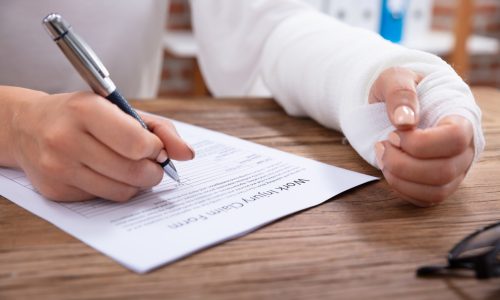Introduction
Barbecue, or BBQ, is not just a cooking method; it’s a culinary art that requires patience, skill, and a deep understanding of flavors and techniques. From the fiery pits of the South to the backyard grills across the world, smoking meat is a tradition that unites food lovers. In this guide, we’ll delve into the nuances of smoking ribs and brisket, focusing on methods that ensure juicy, flavorful results without the pitfalls of overcooking.
The 321 Ribs Method: An Overview
What is the 321 Ribs Method?
The 321 Ribs method for ribs is a popular technique among BBQ enthusiasts. It involves smoking ribs for 3 hours, wrapping them in foil with liquid for 2 hours, and then finishing them uncovered for 1 hour. This method aims to produce tender, fall-off-the-bone ribs with minimal effort.
Pros and Cons of the 321 Ribs Method
While the 321 method can simplify the smoking process and guarantee tenderness, it sometimes leads to ribs that are too soft, lacking the bite that many purists prefer. It’s crucial to understand this trade-off when choosing your cooking strategy.
How to Smoke Ribs Without Overcooking
Preparing Your Ribs for Smoking
Begin by selecting quality ribs and removing the membrane on the back for better smoke penetration. Season them generously with a dry rub that complements the meat’s natural flavors.
Choosing the Right Wood and Temperature
For ribs, hardwoods like hickory, oak, or apple provide the best smoke. Maintain a smoker temperature of around 225°F to 250°F to cook the ribs slowly and evenly.
Timing and Techniques to Avoid Overcooking
Instead of relying solely on time, use a meat thermometer to check for doneness. Ribs are perfect when they reach an internal temperature of around 190°F to 195°F and show some resistance when tugged with tongs.
How to Smoke Brisket: The Basics
Selecting the Right Cut of Brisket
How to smoke brisket, Choose a brisket with even marbling and a thick fat cap. This fat will melt during smoking, keeping the brisket moist.
Preparing the Brisket for Smoking
Trim excess fat to about ¼ inch and apply a rub. Let the brisket sit at room temperature for an hour before smoking.
The Importance of Temperature Control
Maintain a steady temperature of 225°F to 250°F in your smoker. Brisket can take anywhere from 12 to 18 hours, depending on its size and thickness.
Advanced Techniques for Smoked Brisket
Wrapping Techniques: To Wrap or Not?
Wrapping the brisket in foil or butcher paper can speed up the cooking process and retain moisture. However, unwrapped brisket develops a better bark.
Monitoring and Adjusting During the Smoke
Regularly check the internal temperature and adjust the heat or smoke as needed. A brisket is typically done when it reaches an internal temperature of 200°F to 205°F.
Serving and Pairing Your BBQ
Best Sides for Smoked Ribs and Brisket
Classic sides like coleslaw, baked beans, and cornbread complement the rich flavors of smoked meats.
Drinks that Complement Smoky Flavors
Pair your BBQ with robust red wines, craft beers, or sweet iced tea to enhance the dining experience.
Common Mistakes in Smoking Ribs and Brisket
Over-smoking and How to Avoid It
Too much smoke can overpower the meat’s flavor. Use a light hand with wood and focus on maintaining a clean smoke.
Managing Flare-Ups and Temperature Drops
Ensure your smoker is well-ventilated and avoid opening it too often, as this can lead to temperature fluctuations.
Conclusion
Smoking ribs and brisket is an art that rewards patience and attention to detail. By mastering the techniques outlined here and experimenting with flavors and methods, you can elevate your BBQ game and impress your guests with succulent, smoky delights.


